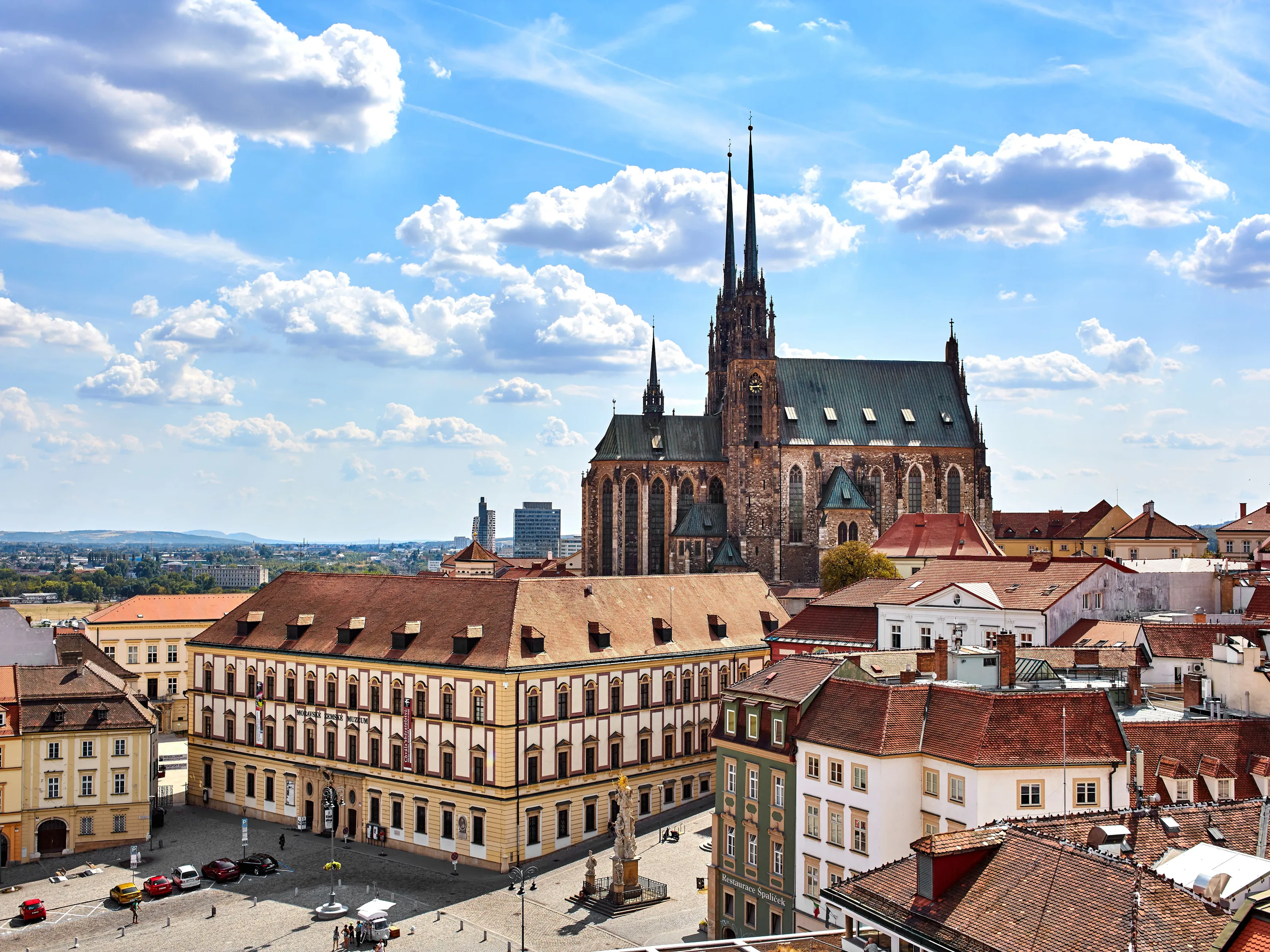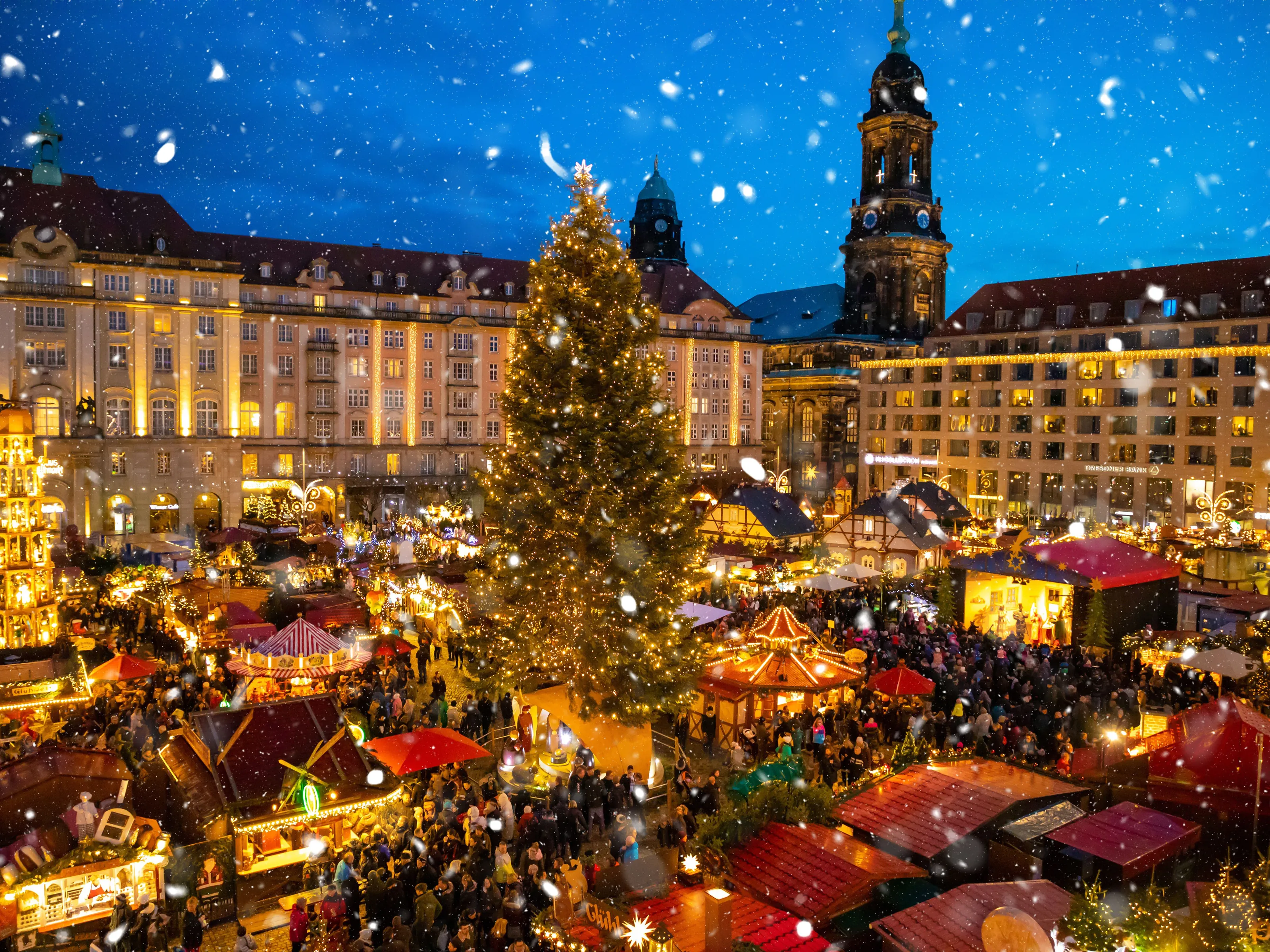Why Visit Zagreb?
Zagreb charms as Croatia's underrated capital where medieval Upper Town preserves St. Mark's Church's tiled roof displaying Croatian coat of arms, funicular (one of the world's shortest public-transport funiculars at just 66m, about $1) connects hilltop to vibrant Lower Town, and Dolac Market's red parasols shelter fruit vendors selling produce above city center. This Central European capital (city pop.
around 770,000, metro just over a million) balances Austro-Hungarian elegance with Yugoslav brutalism and contemporary energy—café culture rivals Vienna, street art covers abandoned buildings, and Museum of Broken Relationships (around $8 less for students & seniors) displays donated heartbreak mementos creating emotionally powerful experience. Upper Town (Gornji Grad) preserves cobblestone lanes where Stone Gate shrine burns eternal candle, Lotrščak Tower fires noon cannon daily (tradition since 1877, about $3–$4 to climb), and St. Mark's Church's colorful tiles create Zagreb's most photographed roof.
Zagreb Cathedral's neo-Gothic spires dominated skylines until the 2020 earthquake damaged the structure—restoration is ongoing and access to the interior is limited; check current conditions before planning a visit. Yet Zagreb rewards in neighborhoods—Tkalčićeva Street's pedestrian lane buzzes with terraces and bars, Martićeva Street houses artisan shops, and Grič tunnel (free) shortcuts through Upper Town hill. Museums span Mimara's art collection to quirky Museum of Illusions (about $9).
Dolac Market (mornings best, 7am till 3pm most weekdays) sells strawberries, cheeses, and kumica flower ladies in traditional dress. Food scene celebrates Croatian cuisine: štrukli (cheese pastry), zagrebački odrezak (schnitzel stuffed with cheese), and kremšnita cream cake—plus street food at Pingvin serving bureks until 4am. Lake Jarun offers city beach and summer bars.
Day trips reach Plitvice Lakes (2hr), Slovenia's Ljubljana (2.5hr), and Samobor's kremšnita town (30 min). Visit April-October for 15-28°C weather perfect for café terraces and outdoor festivals. With affordable prices ($65–$113/day), authentic café culture, vibrant street art scene, and Central European elegance minus Vienna's costs, Zagreb delivers Croatian capital sophistication—overlooked gem between Alps and Adriatic offering urban culture before coastal rush.
What to Do
Upper Town Charm
St. Mark's Church
Zagreb's icon—church with colorful tiled roof displaying Croatian coat of arms and Zagreb city emblem (free exterior view, interior rarely open to tourists). Tiles create photographic mosaic best seen from slight distance. Gothic/neo-Gothic architecture from 13th-19th centuries. Located main Upper Town square (Markov trg) surrounded by Parliament and government buildings. Morning light (9-11am) best for photos. 5-minute visit for exterior (interior plain if accessible). Combine with Lotrščak Tower and Stone Gate nearby. Most photographed building in Zagreb.
Lotrščak Tower & Noon Cannon
Medieval tower fires cannon daily at noon (free to watch outside, about $3–$4 to climb, 10am-8pm). Tradition since 1877—locals set watches by it. Climb narrow stairs to top for 360° city views over red rooftops. Legend says cannon scared Turks from sieging city. Watch from Strossmayer Promenade (street below) for full bang or ascend tower. Visit 11:50am for cannon, then explore tower. Takes 20 minutes. Combine with nearby funicular and St. Mark's circuit. Fun daily ritual.
Funicular Railway
One of the world's shortest public-transport funiculars (just 66m track, about $1 a ride, 1 minute ride) connects Lower Town to Upper Town (free if walking—200 steps, 5 minutes). Operating since 1893. Cute blue cars. Locals use daily—not just tourist gimmick. Runs every 10 minutes 6:30am-10pm. Walk up, ride down (easier on knees). Only 30-second ride but historic and fun. Photo op at bottom with car. Located Tomićeva Street. Combine with Upper Town circuit—Stone Gate, St. Mark's, tower all walkable from top station.
Markets & Food Culture
Dolac Market
Open-air farmers market (free entry, 7am-2pm daily, busiest Saturday) atop raised terrace. Red parasols shelter fruit/vegetable vendors—strawberries famous (spring), pumpkins (fall). Kumica flower ladies in traditional red costumes sell bouquets. Underground level has fish, meat, cheese vendors. Try fresh produce, sample cheese ($1–$2), buy picnic supplies. Locals shop 8-10am. Best photographed from cathedral steps viewing red parasol sea. Located above central square—walk from main Jelačić Square up stairs. Allow 30-60 minutes browsing.
Štrukli & Traditional Cuisine
Zagreb's specialty: štrukli—cheese-filled pastry served sweet or savory, baked or boiled ($5–$9). La Štruk restaurant (near cathedral) specializes in variations. Also try kremšnita (cream cake) best from Samobor town 25km away (day trip or bakeries in Zagreb $3–$5 slice). Zagrebački odrezak (schnitzel stuffed with cheese and ham, $9–$13). Traditional restaurants: Vinodol, Konoba Didov San, Kod Pere. Lunch menus better value. Markets sell fresh škripavac cheese (squeaky cheese). Structure (štrukle) traditional Sunday family meal.
Café & Burek Culture
Zagreb's café culture rivals Vienna—locals socialize over coffee for hours ($2–$3 espresso). Best terraces: Kavana Lav (elegant), Kava Tava (people-watching). Outdoor seating March-October. Midnight snack tradition: burek (meat or cheese pie) at Pingvin (open until 4am, $2–$4). Best after bar-hopping on Tkalčićeva. Also try: Croatian craft beer at Garden Brewery or Medvedgrad, rakija (fruit brandy) shots, Ožujsko (local beer brand). Zagrebians eat dinner late (8-10pm), drink coffee slowly, embrace dolce far niente pace.
Museums & Unique Experiences
Museum of Broken Relationships
Quirky museum (around $8 less for students & seniors, 9am-9pm summer) displays donated items from ended relationships worldwide with explanatory notes. Emotionally powerful despite strange concept—wedding dress, love letters, garden gnome, axe used to destroy ex's furniture. Started by Croatian artists. English descriptions. Takes 60-90 minutes. Not for cynics—genuine and moving. Gift shop sells breakup-themed items. Located Upper Town near St. Mark's. Most unique museum in Croatia. Won European Museum Award. Advance booking recommended peak season.
Tkalčićeva Street
Pedestrian street (400m long) buzzes with cafés, bars, restaurants, and nightlife (free to walk). Former creek covered over—cobblestones, colorful buildings, outdoor terraces. Daytime coffee scene transforms to evening bar-hopping (6pm onward). Dozens of venues—Booksa (café/bookstore), Vintage Industrial (cocktails), Mali Medo (craft beer). Prices moderate ($3–$5 beers). Young crowd, students, tourists mix. Live music some venues. Sunday mornings quieter with brunch spots. Most atmospheric street in Zagreb—where city socializes. Allow hours if drinking multiple spots.
Gallery
Travel Information
Getting There
- Airports: ZAG
Best Time to Visit
May, June, September, October
Climate: Moderate
Weather by Month
| Month | High | Low | Rainy days | Condition |
|---|---|---|---|---|
| January | 6°C | -2°C | 4 | Good |
| February | 12°C | 2°C | 7 | Good |
| March | 13°C | 3°C | 11 | Good |
| April | 19°C | 6°C | 2 | Good |
| May | 21°C | 10°C | 14 | Excellent (best) |
| June | 25°C | 15°C | 12 | Excellent (best) |
| July | 27°C | 17°C | 10 | Good |
| August | 28°C | 18°C | 11 | Good |
| September | 23°C | 14°C | 8 | Excellent (best) |
| October | 17°C | 8°C | 11 | Excellent (best) |
| November | 9°C | 4°C | 4 | Good |
| December | 6°C | 2°C | 13 | Wet |
Weather data: Open-Meteo Archive (2020-2024) • Open-Meteo.com (CC BY 4.0) • Historical avg. 2020–2024
Budget
Excludes flights
Visa Requirements
Schengen Area
💡 🌍 Traveler Tip (November 2025): Best time to visit: May, June, September, October.
Practical Information
Getting There
Zagreb Airport (ZAG) is 17km southeast. Pleso buses to center cost $6 (30 min). Taxis around $32 depending on traffic. Trains from Ljubljana (2.5hr, $16), Budapest (6hr, $27), Vienna (6hr). Buses connect coastal cities—Split (5hr, $16), Dubrovnik (10hr). Zagreb Glavni Kolodvor is main station—15 min walk to center.
Getting Around
Zagreb center is walkable—Lower to Upper Town 20 min (funicular around $1). Trams cover wider areas (single tickets around $1–$2 day tickets around $4–$5; check current ZET prices). Buy from kiosks—validate on board. Most attractions walkable. Skip rental cars in city—parking difficult, tram system excellent. Use cars for Plitvice day trips.
Money & Payments
Euro (EUR). Croatia adopted Euro 2023. Cards widely accepted. ATMs plentiful. Dolac Market vendors prefer cash. Tipping: round up or 5-10% appreciated. Burek stands cash-only. Prices moderate—typical for Central Europe.
Language
Croatian is official. English spoken by younger people and in tourist areas. University city means decent English. Older generation may only speak Croatian. Signs often Croatian-only. Learning basic phrases helpful: Hvala (thanks), Molim (please). Student city aids communication.
Cultural Tips
Café culture: Zagrebians socialize over coffee for hours, outdoor terraces, people-watching. Dolac Market: morning best (7am till 3pm most weekdays), kumica flower ladies traditional dress, strawberries famous. Funicular: one of world's shortest public-transport funiculars (66m), historic, about $1 St. Mark's: tiled roof, colorful, no interior visits usually. Noon cannon: Lotrščak Tower daily tradition since 1877. Museum of Broken Relationships: quirky, emotional, donated items from breakups worldwide, unique concept. Štrukli: cheese pastry, sweet or savory, Zagreb specialty. Kremšnita: cream cake, try at Samobor nearby. Burek: meat/cheese pie, Pingvin serves til 4am. Tkalčićeva: pedestrian nightlife street, endless bars. December: Advent Zagreb Christmas market, one of Europe's best, free. Yugoslav history: Tito-era visible, Museum of Contemporary Art. Earthquake 2020: damaged cathedral and buildings—Cathedral restoration ongoing with limited interior access. Sunday: shops closed, cafés and restaurants open. Remove shoes in Croatian homes. Lake Jarun: city beach, summer bars. Upper Town: medieval, Lower Town: Austro-Hungarian grid. Street art: SuburbArt project, murals everywhere.
Perfect 2-Day Zagreb Itinerary
Day 1: Upper & Lower Town
Day 2: Culture & Day Trip
Where to Stay in Zagreb
Upper Town (Gornji Grad)
Best for: Medieval, St. Mark's, museums, funicular, historic, charming, touristy
Lower Town (Donji Grad)
Best for: Austro-Hungarian grid, cafés, parks, shopping, museums, elegant, central
Tkalčićeva Street
Best for: Pedestrian lane, bars, restaurants, nightlife, outdoor terraces, lively, young
Trešnjevka
Best for: Residential, local markets, authentic Zagreb, street art, less touristy
Frequently Asked Questions
Do I need a visa to visit Zagreb?
What is the best time to visit Zagreb?
How much does a trip to Zagreb cost per day?
Is Zagreb safe for tourists?
What are the must-see attractions in Zagreb?
Popular Activities
Top-rated tours and experiences in Zagreb
Ready to Visit Zagreb?
Book your flights, accommodation, and activities






